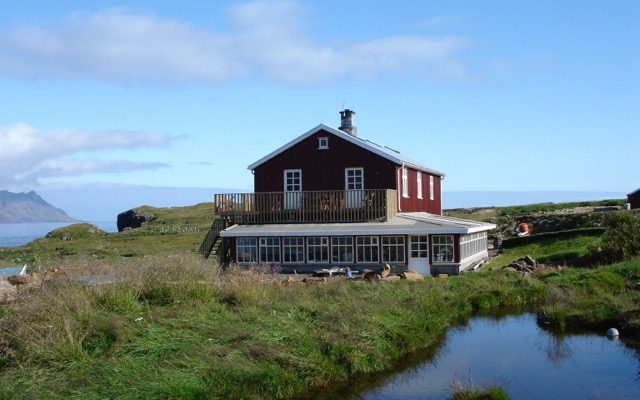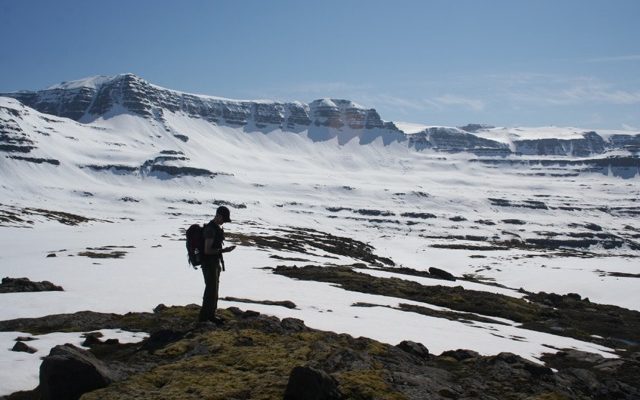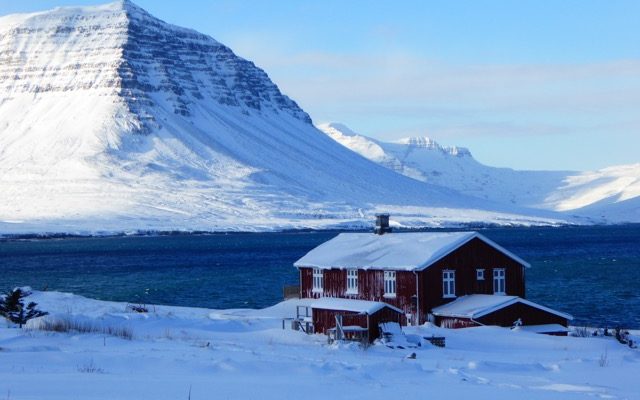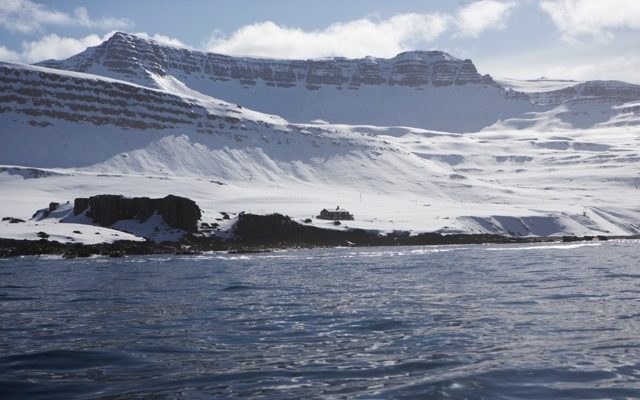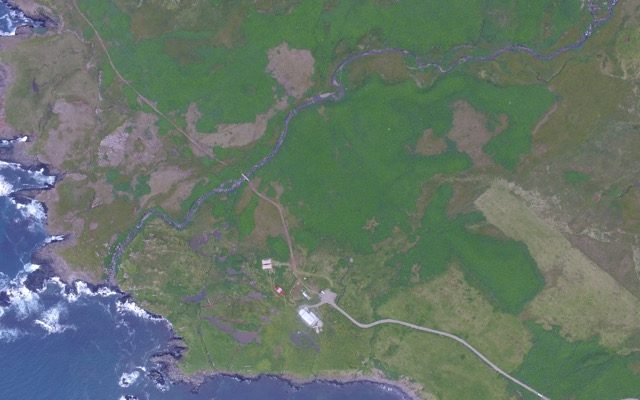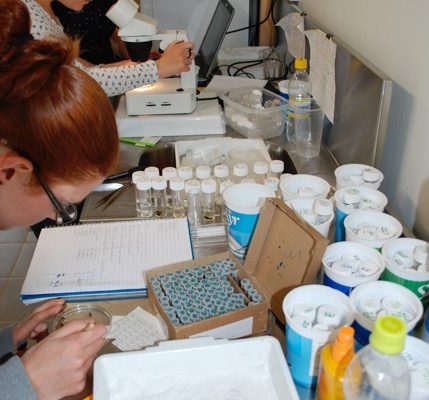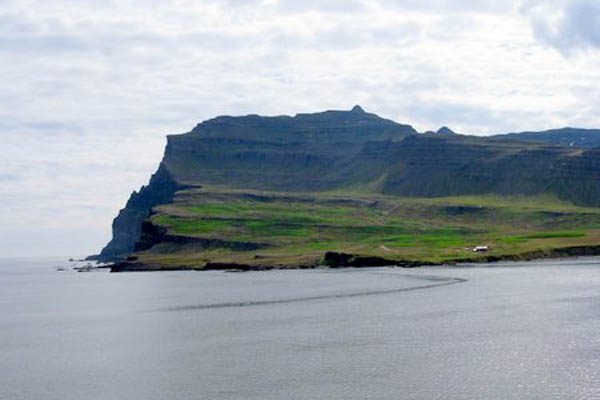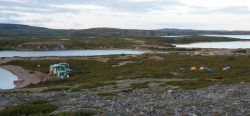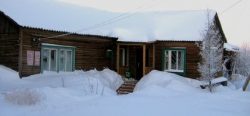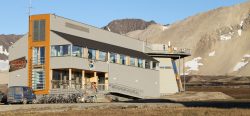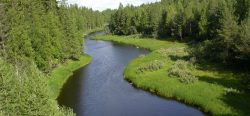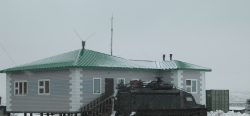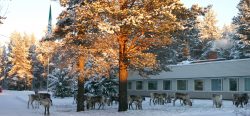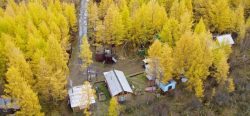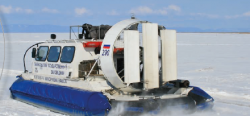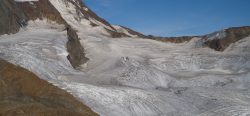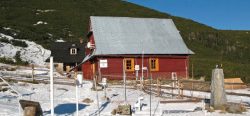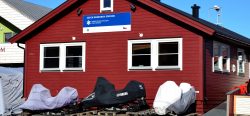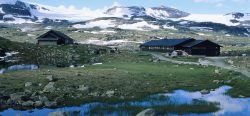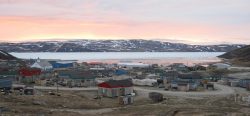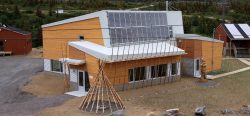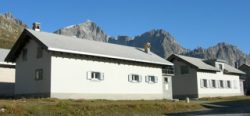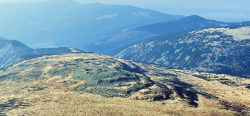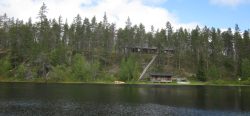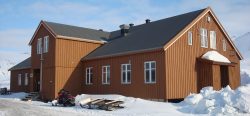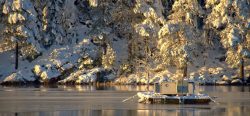STATION NAME AND OWNER
Skálanes Nature and Heritage Center is an independent research station directed and owned by Ólafur Örn Pétursson.
LOCATION
Skálanes is on the east coast of Iceland at the bay of the remote fjord, Seyðisfjörður. Here, Skálanes sits within a 1250 hectare (3089 acre) independent nature reserve containing habitats and ecosystems representative of the East fjords region, including the common species of floraThe plants that live in a particular region, habitat or time (such as geological period like the jurassic). For animals, we use the term fauna, and to collectively refer to all... More and faunaThe animals that live in a particular region, habitat or time (such as geological period like the jurassic). For plants, we use the term flora, and to collectively refer to all... More and especially known as a habitat for a wide variety of bird species.
BIODIVERSITY AND NATURAL ENVIRONMENT
The nature reserve surrounding Skálanes includes pastures, shoreline, fresh water rivers, inter tidal, hills, mountains, wetlands and a 640 m. coastal cliff. The area is a habitat of a rich wildlife including reindeer, the arctic fox and 47 different bird species such as a large arctic tern colony, puffins and a eider colony. The site has a long history of human land use, occupation and input, such things as archaoleogy, natural history, introduced species and visitor managment to name some. These subjects are a part of our research and are included in our management of the site.
Plants of arctic origin are characteristic to the area and a large collection of archaeological sites is found within the nature reserve.
The research center includes human activities such as eider farming and tourism to support its operation.
HISTORY AND FACILITIES
Skálanes was established in 2005 as an experimental nature and heritage research center by the two local scientists, Ólafur Örn Pétursson and Rannveig Þorhallsdottir. The intention of Skálanes to be a place of learning – a place where the Icelandic environment and cultural history can be researched and interpreted. The remote and restored farmhouse at the mouth of Seyðisfjörður provides an ideal location for exploring the arctic wildlife and native plants, the mountains, waterfalls, sea cliffs, meadows and beaches. The site and center is available as a space for researchers and visitors to interact with nature, history and each other to develop ideas and be exposed to new ones.
Skálanes can accommodate up to 20 people in separate and shared bedrooms, including two large living rooms with work desks, a dining hall, a professionally equipped kitchen, five bathrooms and an outdoor shower and sauna. Two laboratories (wet and a dry) are also available at the site.
Skálanes is currently hosting 1-12 week student excursions mainly from American and British universities. The visiting students and researchers primarily work within the following fields: ecologyThe study of living organisms in their environment, including where they are found and how they interact with their physical environment and with each other, for example through food webs.... More, biologyThe study of life and living organisms (from the Greek word 'bios' meaning life).... More, geographyThe study of the Earth, such as places, landforms, people and processes by which the Earth changes over time. Geography is divided into two main branches: human geography and physical... More, archaeologyThe study of past human activity, mainly through studying artefacts and structures left behind, and by revealing other evidence of past activities. The first systematic archaeological excavations in the Arctic... More, computer science, zoology, and geologyThe study of the solid Earth, rocks and processes by which rocks form. 'Geo' is derived from the Greek word for Earth.... More.
GENERAL RESEARCH AND DATABASES
We are currently developing a monitoring program and a new database at Skálanes. The databases are currently not all publishable, but can act as a reference for further studies. Avian time series and baseline data on geologyThe study of the solid Earth, rocks and processes by which rocks form. 'Geo' is derived from the Greek word for Earth.... More, plants, insects, birds is available.
HUMAN DIMENSION
The nearest town, Seyðisfjörður, consists of 650 inhabitants. It is historically a fishing community based around primary industries. During the past 20 year it has gone through a transformation process with more emphasis on arts and culture to countermand the decline of its historic industry base. This has increased its attraction for tourists and also for individuals focusing on arts and creativity. The town has a big hospital, a primary school, an art school, a large community center, 2-5 restaurants based depending on the season and a variety of art residencies.
ACCESS
Egilsstaðir Domestic Airport is located 25km from Seyðisfjörður. Visitors at Skálanes will have to take the local bus or drive with the Skálanes staff to and from the airport driving over a mountain pass at 650m stretching along a 10km plateau. During the winter season the road to Seyðisfjörður can become momentarily impassable due to snow and storm intensity. All travel to and from town should be planned according to the weather forecast.
From Seyðisfjörður you follow a 17km dirt road out of the fjord towards the open sea. The drive can only be done in a large 4×4 wheel drive as the road out to Skálanes contains three large river crossings. Travel from town to Skálanes takes approximately 25 minutes in clear, snow free conditions. For winter stays and work, one should plan for extended stays lasting 3-7 days in a row between vehicles coming out to Skálanes.
